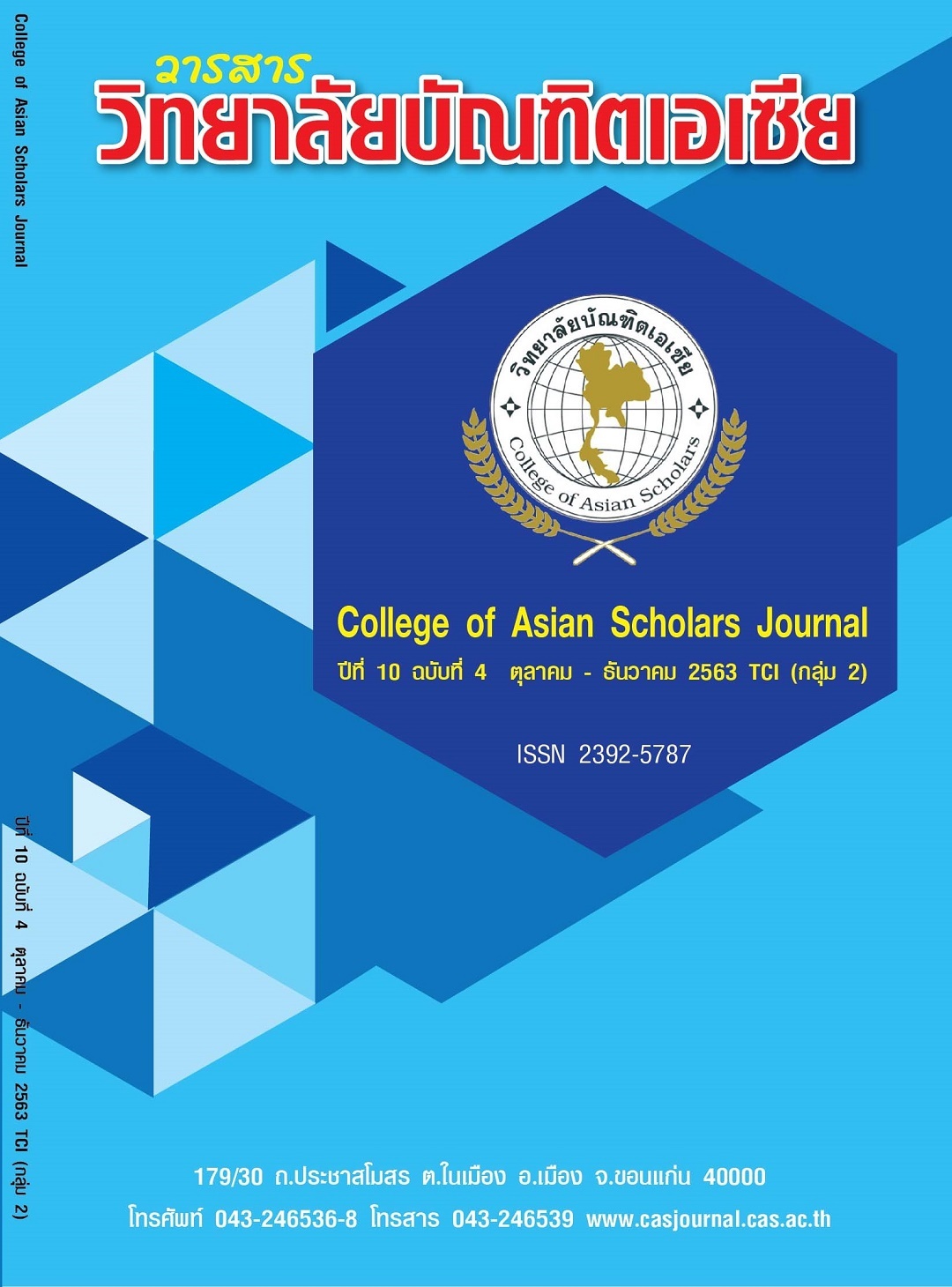ไฟล์ ดาวน์โหลด |
1613382080-1-ES015-T(1-15).pdf |
|||||||||
|
ชื่อผู้วิจัย ชัยวิชิต ดวนใหญ่
|
|||||||||
| บทคัดย่อ ภาษาไทย |
โรงไฟฟ้าพลังความร้อนร่วมมีการใช้เครื่องจักรขนาดใหญ่ในการผลิตไฟฟ้า เพื่อให้เครื่องจักรสามารถผลิตไฟฟ้าได้เต็มประสิทธิภาพและปลอดภัยต้องหยุดเครื่องจักรสำหรับตรวจสอบและซ่อมบำรุงตามคำแนะนำของผู้ผลิต ซึ่งในงานนั้นแฝงไปด้วยอันตรายมากมายที่อาจจะส่งให้เกิดอุบัติเหตุร้ายแรง ดังนั้นงานวิจัยนี้มีวัตถุประสงค์เพื่อประเมินความเสี่ยงเชิงกึ่งปริมาณ โดยพิจารณา 3 ปัจจัย คือ ความรุนแรงของอันตราย (Hazard Severity Categories) ความถี่ในการเกิดอุบัติเหตุ (Frequency of Incident) และความน่าจะเป็นของอันตราย (Probability of Hazard Categories) และนำอันตรายในงานที่มีความเสี่ยงสูง (Potential Risk >5) ไปวิเคราะห์กับสถิติอุบัติเหตุที่เกิดขึ้นในอดีตและรายงานสภาพแวดล้อมและการกระทำที่ไม่ปลอดภัยในรูปแบบแผนผังความเสี่ยง (Heat Map) เพื่อจัดทำแผนลดความเสี่ยงต่อไป ผลการศึกษาพบว่างานตรวจสอบและซ่อมบำรุงมีงานหลักทั้งหมด 78 งาน แบ่งเป็นขั้นตอนได้ทั้งหมด 390 ขั้นตอน และชี้บ่งอันตรายที่อาจจะส่งผลให้เกิดอุบัติเหตุทั้งสิ้น 52 ประเภท จากผลการประเมินความเสี่ยงพบว่างานเครื่องกังหันก๊าซมีระดับความเสี่ยงสูง 76 ขั้นตอน งานเครื่องกังหันไอน้ำมีระดับความเสี่ยงสูง 10 ขั้นตอน งานเครื่องกำเนิดไฟฟ้ามีระดับความเสี่ยงสูง 11 ขั้นตอน งานทดสอบและเดินเครื่องจักรมีระดับความเสี่ยงสูง 15 ขั้นตอน และงานที่มีความเสี่ยงเฉพาะมีระดับความเสี่ยงสูง 23 ขั้นตอน เมื่อวิเคราะห์แผนผังความเสี่ยงสรุปได้ว่าอันตรายที่แฝงในงานที่มีระดับความเสี่ยงสูงมีจำนวน 10 ประเภท ที่จำเป็นต้องหยุดเพื่อจัดการความเสี่ยงและควบคุมอันตรายโดยเร่งด่วน ดังนั้นสรุปได้ว่าการประเมินความเสี่ยงเชิงกึ่งปริมาณเป็นวิธีที่เหมาะสมในการนำมาประเมินงานตรวจสอบและซ่อมบำรุงสำหรับโรงไฟฟ้าพลังความร้อนร่วม และสามารถช่วยในการตัดสินใจ เพื่อจัดทำโครงการลดความเสี่ยงอันตราย (Risk Reduction Programs) โดยกำหนดมาตรการป้องกันอันตรายครอบคลุมสาเหตุที่แท้จริงของอุบัติเหตุได้อย่างมีประสิทธิภาพ |
|||||||||
| คำสำคัญ | ||||||||||
| บทคัดย่อ ภาษาอังกฤษ | A Combined Cycle Power Plant uses large engine to produce electricity. In order to ensure plant optimization, reliability and safety that requires to shut down the engine for comprehensive maintenance program as manufacture’s recommendations. But during Inspection and Maintenance process, there are a lot of hazard might potentially of serious accident. Thus, this study aims to applied the Semi-Quantitative Risk Assessment by considering of 3 elements for determine risk score which are Hazard Severity Categories, Frequency of Incident and Probability of Hazard Categories. The hazard Categories of each task steps have risk rating higher than 5 must be subjected and analyzed together with statistics of Accident and Concern Reporting into the Heat Map format. The results of this study, there are 78 tasks of core activities which including 390 task steps. We have identified hazard among 52 categories that could be harmful to maintenance worker. The risk evaluation results shown high risk of Gas Turbine is 76 task steps, Steam Turbine is 10 task steps, Generator is 11 task steps, Commissioning is 15 task steps and Specific task is 23 task steps. The analyzing of Heat Map is showing 10 Risks Categories that must be determine STOP Work and additional defenses are required to reduce the risk to an acceptable or low level immediately. Therefore, the semi-qualitative risk assessment methodology is an effective tool to identify high risk and useful for making decision to do Risk Reduction Programs coverage to incident prevention of Inspection and Maintenance for Combined Cycle Power Plant. A Combined Cycle Power Plant uses large engine to produce electricity. In order to ensure plant optimization, reliability and safety that requires to shut down the engine for comprehensive maintenance program as manufacture’s recommendations. But during Inspection and Maintenance process, there are a lot of hazard might potentially of serious accident. Thus, this study aims to applied the Semi-Quantitative Risk Assessment by considering of 3 elements for determine risk score which are Hazard Severity Categories, Frequency of Incident and Probability of Hazard Categories. The hazard Categories of each task steps have risk rating higher than 5 must be subjected and analyzed together with statistics of Accident and Concern Reporting into the Heat Map format. The results of this study, there are 78 tasks of core activities which including 390 task steps. We have identified hazard among 52 categories that could be harmful to maintenance worker. The risk evaluation results shown high risk of Gas Turbine is 76 task steps, Steam Turbine is 10 task steps, Generator is 11 task steps, Commissioning is 15 task steps and Specific task is 23 task steps. The analyzing of Heat Map is showing 10 Risks Categories that must be determine STOP Work and additional defenses are required to reduce the risk to an acceptable or low level immediately. Therefore, the semi-qualitative risk assessment methodology is an effective tool to identify high risk and useful for making decision to do Risk Reduction Programs coverage to incident prevention of Inspection and Maintenance for Combined Cycle Power Plant.
|
|||||||||
| Keyword | Semi-Qualitative Risk Assessment, Maintenance, Combined Cycle, | |||||||||
ชัยวิชิต ดวนใหญ่
1 บทความ| ชื่อ - สกุล | วารสาร | ไฟล์ |
หน้า |
|
|---|---|---|---|---|

|
ชัยวิชิต ดวนใหญ่ CAS1011 |
การประเมินความเสี่ยงเชิงกึ่งปริมาณสำหรับงานตรวจสอบและซ่อมบำรุง โรงไฟฟ้าพลังความร้อนร่วม |

1.jpg)
1.jpg)
.1.jpg)
.1.jpg)